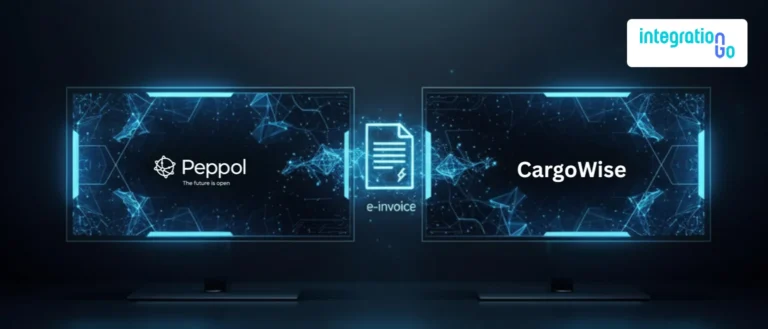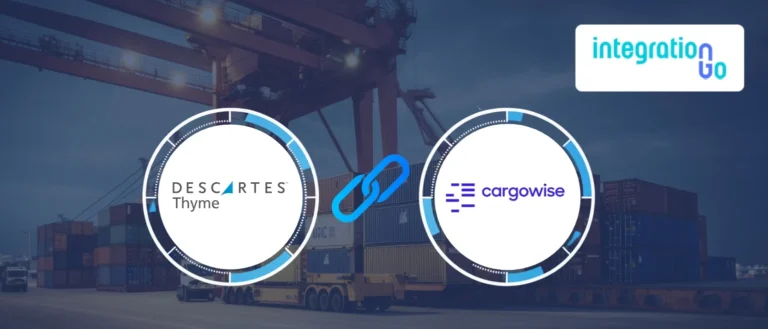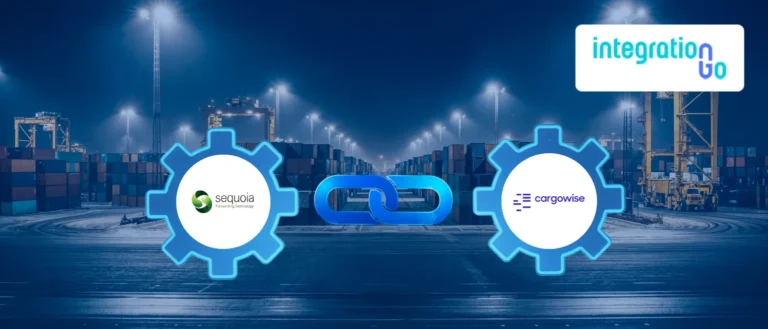Every international shipment stops at customs at least once, and in over 100 countries, the Automated SYstem for CUstoms DAta, or ASYCUDA, is used at that stage. You have experienced the agony that ASYCUDA was created to alleviate if you have ever awaited a clearance notice, worried over tariff codes, or slept poorly due to an unexpected customs detention.
However, the platform only tells half the tale. The true advantage is ASYCUDA integration, which connects your freight-forwarding, ERP, or TMS software straight to the customs gateway, ensuring that data flows automatically, errors are eliminated, and clearing times are shortened. Let's examine ASYCUDA's definition, its importance to logistics professionals, and how effective integration transforms it from a mandated government program into a competitive advantage.
Understanding ASYCUDA
The United Nations Conference on Trade and Development (UNCTAD) created and maintains ASYCUDA, an electronic customs-management system that updates the way governments enforce trade regulations, collect duties, and track cargo movements. Digital declarations, automated risk analysis, and real-time reporting take the place of difficult paper-based procedures.
There are three versions, ASYCUDA Transit, ASYCUDAWorld (the cloud-ready version), and ASYCUDA++ (the traditional workhorse), which cover everything from in-bond transit to import/export clearance. Faster, more transparent customs are the global goal, even though feature sets differ by nation.
How ASYCUDA Automates Customs Processes
ASYCUDA (Automated System for Customs Data) simplifies and modernizes customs procedures by replacing manual processes with fully digitized workflows. Here's how it works to automate customs operations effectively:
1. Electronic Submission of Declarations
Instead of filling out paper forms, importers, exporters, and brokers can electronically submit customs declarations through ASYCUDA. These include shipping details, cargo descriptions, tariff codes (HS codes), values, duties, and taxes, directly entered or integrated from ERP/logistics platforms.
2. Automated Risk Assessment
ASYCUDA uses predefined risk rules and parameters to instantly screen incoming declarations for discrepancies, compliance issues, or red flags. This eliminates the need for manual verification unless an alert is triggered.
3. Real-Time Validation & Calculation
ASYCUDA automatically calculates duties, taxes, and applicable fees based on the declared data and country-specific regulations. It cross-checks HS codes, country of origin, and transaction values for accurate revenue collection.
4. Digital Documentation & e-Payment Integration
ASYCUDA supports uploading supporting documents (like invoices, packing lists, and certificates of origin) directly into the system. It also integrates with national e-payment gateways, allowing traders to pay duties and taxes electronically.
5. Automated Messaging with Carriers & Systems
ASYCUDA sends and receives structured EDI messages (like status updates, clearance notifications, or requests for inspection) to and from logistics systems, customs brokers, and border agencies in real time.
6. End-to-End Shipment Tracking
ASYCUDA keeps a log of each step of the customs process, from initial declaration to final clearance. This gives customs authorities and logistics companies full visibility into where a shipment is, what actions are pending, and when it's ready for release.
Why Logistics Teams Can’t Ignore ASYCUDA
Faster Border Crossings
Manual paperwork means multiple signatures, stamps, and trips back to the broker’s office. ASYCUDA’s electronic submissions slash that lag, but only if your data arrives complete and in the right format.
Fewer Compliance Surprises
With tariff codes, valuation rules, and origin declarations baked into the software, clearance officers spot errors instantly. Companies plugged in through ASYCUDA integration catch and fix those issues before hitting “submit,” avoiding costly fines or holds.
Real-Time Visibility for Everyone
ASYCUDAWorld supports electronic status updates, think automated “green channel” releases and electronic delivery orders. When those updates pipe straight into your TMS or ERP, ops teams and customers see progress the moment customs does.
The Role of ASYCUDA Integration
Is it technically possible to log into ASYCUDAWorld’s portal and type your declaration line by line? Sure, but why spend hours on data you’ve already keyed into CargoWise, SAP, or another platform? ASYCUDA integration bridges that gap:
- Automatic Data Mapping – Tariff codes, HS numbers, and shipment values move from internal systems to ASYCUDA with no re-keying.
- Two-Way Status Sync – Release messages, holds, and tax assessments feed right back into your dashboard, so customer service isn’t refreshing a government website for updates.
- Audit-Ready Archives – Every message and attachment is stored in your own environment, making post-entry reviews or audits painless.
Key Integration Touchpoints to Get Right
Declarations & Attachments
Commercial invoices, packing lists, and certificates of origin need exact field mapping. A solid integration ensures they upload once and attach to the correct entry automatically.
Tariff & Tax Calculations
Integrations can validate HS codes and duty rates before filing, preventing costly misclassifications.
Payment & Release Codes
Whether duties are prepaid, deferred, or bonded, the integration should flag the correct payment status and pull the release code back into your ERP instantly.
Choosing the Right ASYCUDA Integration Partner
Not every tech vendor understands both ASYCUDA’s government protocols and the nuts-and-bolts of logistics ERPs. Look for a provider that:
- Speaks both EDI and API fluently,
- Offers pre-built adapters for systems like CargoWise, Oracle, or NetSuite,
- Monitors messages 24/7 and updates rules when customs jurisdictions tweak requirements.
Conclusion
ASYCUDA on its own is a customs workhorse, end-to-end integration service turns that workhorse into a racehorse. With automated declarations, instant status loops, and airtight compliance, your team stops babysitting paperwork and starts focusing on moving freight faster and smarter.
Ready to see how seamless ASYCUDA integration can supercharge your cross-border operations? Let’s connect. Book a free consultation with the IntegrationGo team and start clearing customs at digital speed, no extra clicks required.



